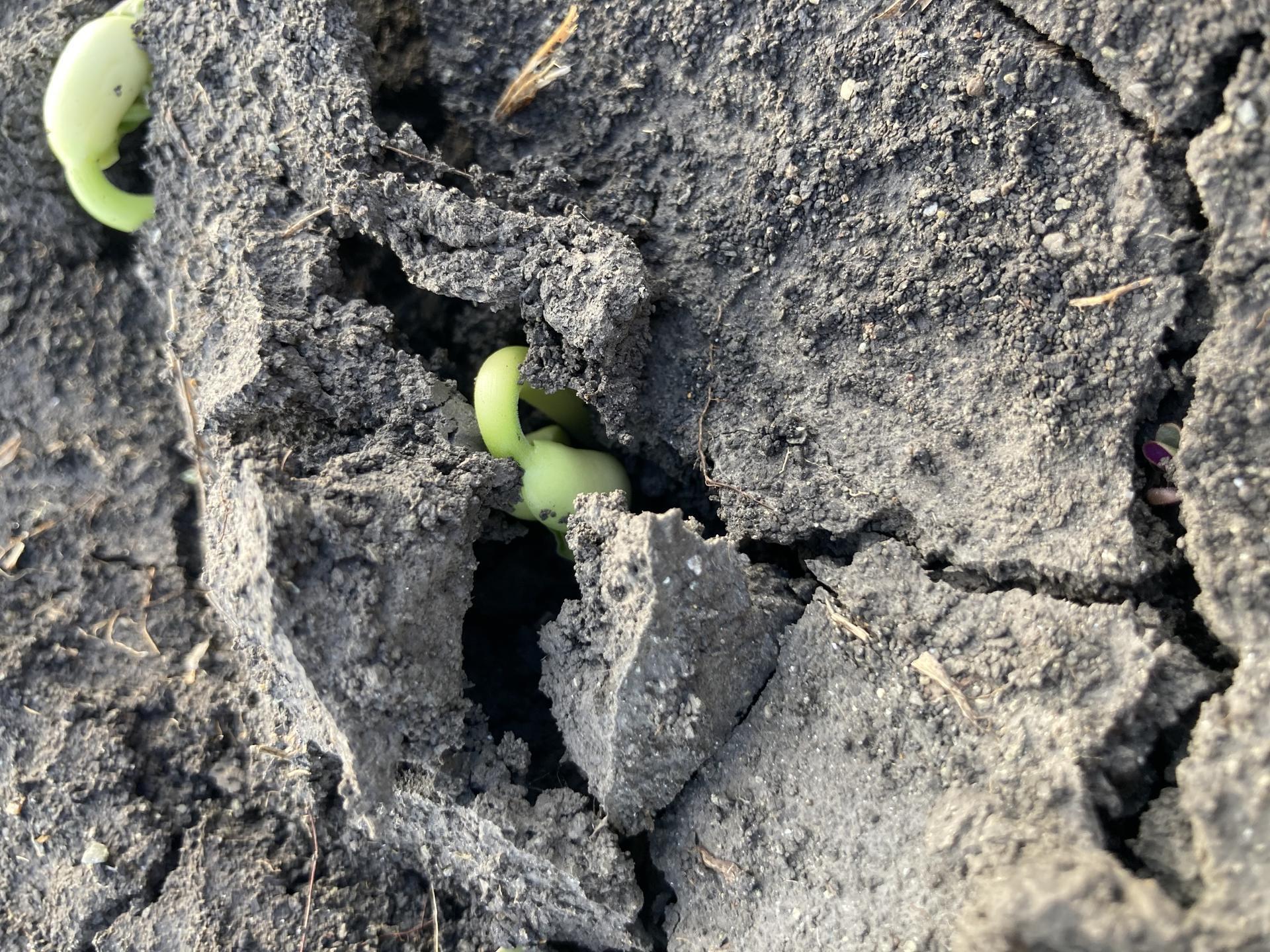Research Articles As El Niño Wanes, Food Security Pain Remains

For almost a year, one of the strongest El Niño effects in recorded history has brought wildfires, heat waves and drought to Latin America— but now agricultural researchers are also warning of food security consequences for farmers and consumers.
By: Andrew Wight
El Niño is a natural phenomenon where rising temperatures in the tropical Pacific Ocean, low atmospheric pressure and weakening of the winds; bringing drier, hotter conditions to Latin America. The El Niño event that began in June 2023 peaked at 2 degrees celsius above average sea surface temperature, making it one of the five strongest El Nino events ever.
Over 800,000 people in rural Bolivia, Colombia, Peru and Venezuela are estimated to have been exposed to drought in 2023 according to World Food Program modeling and diminished harvests are expected to cause food insecurity is expected into late 2024 and 2025.
Researchers at the Alliance of Bioversity International and CIAT who have studied previous El Niño events and their impact on staple crops like rice, beans and corn say that Latin America is particularly vulnerable to food insecurity thanks to the current El Niño cycle.
“In the region, there are many countries where agricultural systems depend on rainfall,” says Camilo Barrios-Perez, a research specialist on crop-climate interactions and crop modeling at the Alliance of Bioversity International and CIAT.
“When there is less water for agriculture, farmers can't plant as much as they want, especially in lower-middle income countries,” he says,
“These countries are very affected and they will not have enough to eat.”
Barrios-Perez explains that the global nature of the phenomenon makes it worse, as larger agricultural countries like India are also not producing at the usual rate, with droughts and heat waves making production more expensive.
El Niño is impacting rice production
One key example of El Niño’s impact is rice, a staple crop for half of the world’s population and a thirsty crop that requires a steady supply of water.
In a 2023 paper on rice food security, Barrios-Perez explains that relatively large declines in rice production were observed in three previous El Niño cycles since 2000.
In March 2024, rice prices were almost a third higher than the previous March, according to the World Bank, which attributed this rise to El Niño-induced production shortfalls and export restrictions imposed by India in 2023.
In the case of Colombia, where rice is a key staple crop, the adverse effects of "El Niño" had caused more dry days, higher temperatures, a 9.5 percent increase in irrigation requirements, and a drop of up to 89 percent in rice yields in some harvesting areas.
Barrios-Perez explains that Alliance researchers conducted research in 2021 in the Tolima and Huila departments of Colombia. They analyzed the behavior of rice crops during historical “El Niño” events and found that an increase in the number of heat nights and night-time heat-waves during the growing season in the central region of the country were the most important agro-climatic factors causing yield losses.
“This is going to affect the yields in other zones, in the eastern plains, which depend on flood water,” he says.
Elsewhere in Latin America, other staples like beans and corn are under threat in Guatemala, where El Niño events between 1980 and 2021 drought events were recorded in more than half of the cycles, concentrated along the country’s Dry Corridor, particularly in the eastern and central regions, as well as the southern coast.
Infographic: The impact of el niño on Guatemala. Credit: Barrios-Perez et al.
Climate-smart agriculture is the future
Diana Carolina Giraldo Mendez, a climate scientist at the Alliance of Bioversity International and CIAT, focuses on integrated participatory climate services for agriculture.

Diana Giraldo Mendez
Research Fellow“We came to the conclusion that climate information services can trigger medium- and long-term transformation processes in agricultural systems, while providing an integrated approach to make informed decisions in the face of these climate variations,” she says, adding that sustainable solutions are important because climate events are strongly interconnected with problems such as food insecurity and rural development.
Barrios-Perez explains that in order to confront these challenges, researchers must improve the impact of their research and the government must improve its public policies to implement adaptation plans.
“Farmers can better implement measures to improve the impact of our research: in my opinion, these phenomena are intensifying because of climate change and the frequency is already intensifying: many more frequent weather events, more flooding, more drought,” he says.



